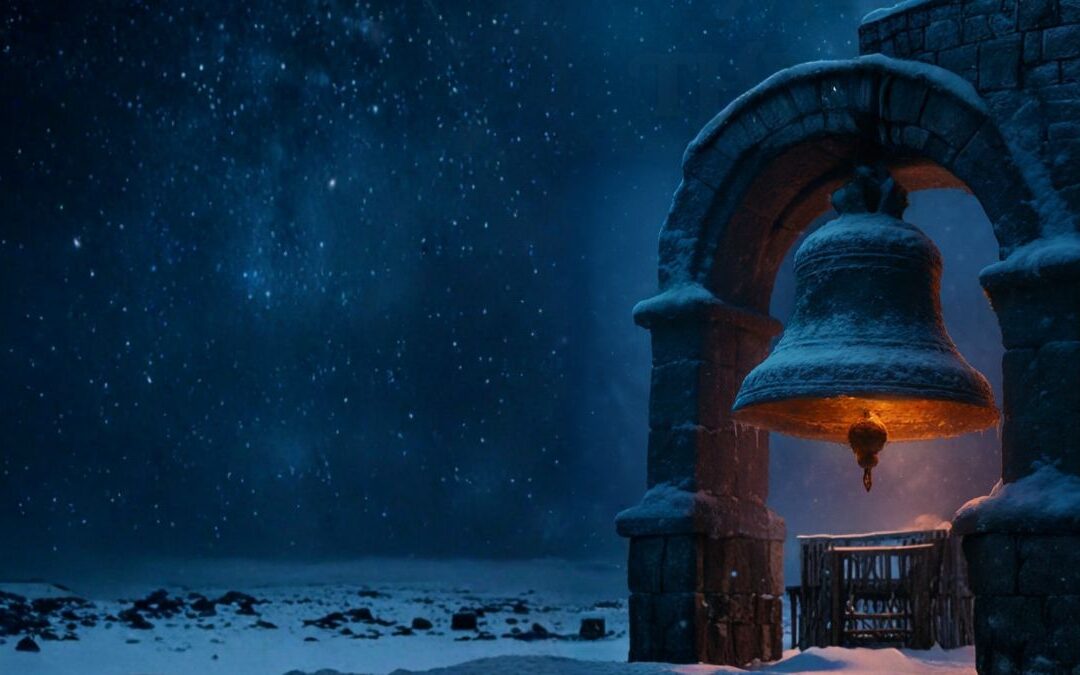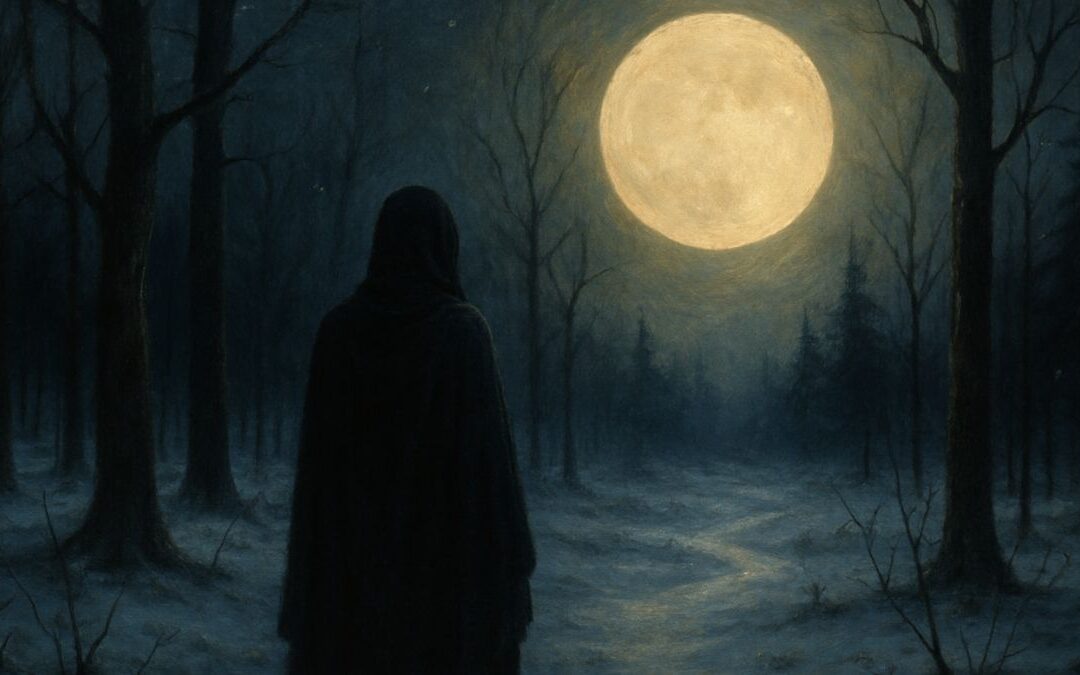Comics, a unique blend of art and storytelling, have carved out a distinct place in the realm of visual narratives. The evolution of this medium from its humble beginnings to the dynamic world of webcomics showcases the adaptability and enduring appeal of comics as a form of artistic expression and entertainment.
The origins of comics can be traced back to ancient civilizations where sequential art was used to convey stories. However, it was in the 19th century that comics as we know them today began to take shape. With the advent of printing technology, illustrated stories found their way into newspapers and magazines, laying the foundation for the comic strip.
The early 20th century witnessed the rise of iconic comic characters like Little Nemo in Slumberland and Krazy Kat, captivating readers with their imaginative worlds and whimsical humor. Comics had found a home in newspapers, offering a daily dose of visual storytelling to the masses.
The Golden Age of Comics, roughly spanning the late 1930s to the early 1950s, introduced legendary superheroes like Superman, Batman, and Wonder Woman. These characters became cultural icons, and comic books emerged as a dominant medium for popular fiction. The era also saw the birth of Marvel Comics, with characters like Spider-Man and the X-Men, revolutionizing the industry.
However, the medium faced challenges in the 1950s when the Comics Code Authority (CCA) was established to regulate content and curb perceived moral issues in comics. This period, known as the Silver Age, saw a resurgence of superhero comics but with a more sanitized approach.
The 1970s ushered in a new era of experimentation with the graphic novel. Works like Will Eisner’s “A Contract with God” and Art Spiegelman’s “Maus” elevated comics to a form of literary art. Graphic novels, with their extended narratives and thematic depth, gained recognition as a legitimate form of storytelling.
The digital age brought about a paradigm shift in comics with the emergence of webcomics. These online platforms allowed creators to reach global audiences directly, breaking free from traditional publishing constraints. Webcomics span a wide spectrum of genres and styles, from the slice-of-life humor of “xkcd” to the epic fantasy of “Homestuck.”
Today, the comic medium thrives in all its forms, from traditional comic books and graphic novels to the dynamic and ever-evolving world of webcomics. Creators continue to push boundaries, experimenting with new formats and storytelling techniques, while fans eagerly devour the latest adventures of their favorite characters.
Comics have transcended their origins as a niche medium and have become an integral part of popular culture. They serve as a reflection of societal values, a vehicle for social commentary, and a source of inspiration for filmmakers, artists, and writers alike.
In conclusion, the evolution of comics is a testament to the enduring power of visual storytelling. From the early comic strips in newspapers to the rise of graphic novels and the digital age of webcomics, comics have adapted and thrived, captivating audiences across the globe. As we continue to explore the rich tapestry of comics, one thing remains certain: the comic medium will continue to evolve, inspire, and entertain for generations to come.
Crossword Puzzle in Context
All the words you need to solve the crossword puzzle below can be found in the text above. Enjoy!
Crossword Puzzle PDFs (With Answers)
Interactive Exercises
Don’t stop here. Make sure these new words are part of your permanent vocabulary bank. Continue practicing the words and master their meaning with our interactive activities.










0 Comments